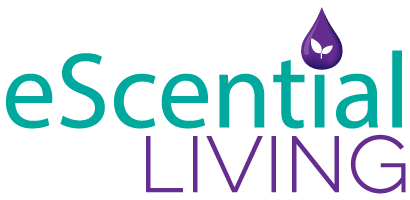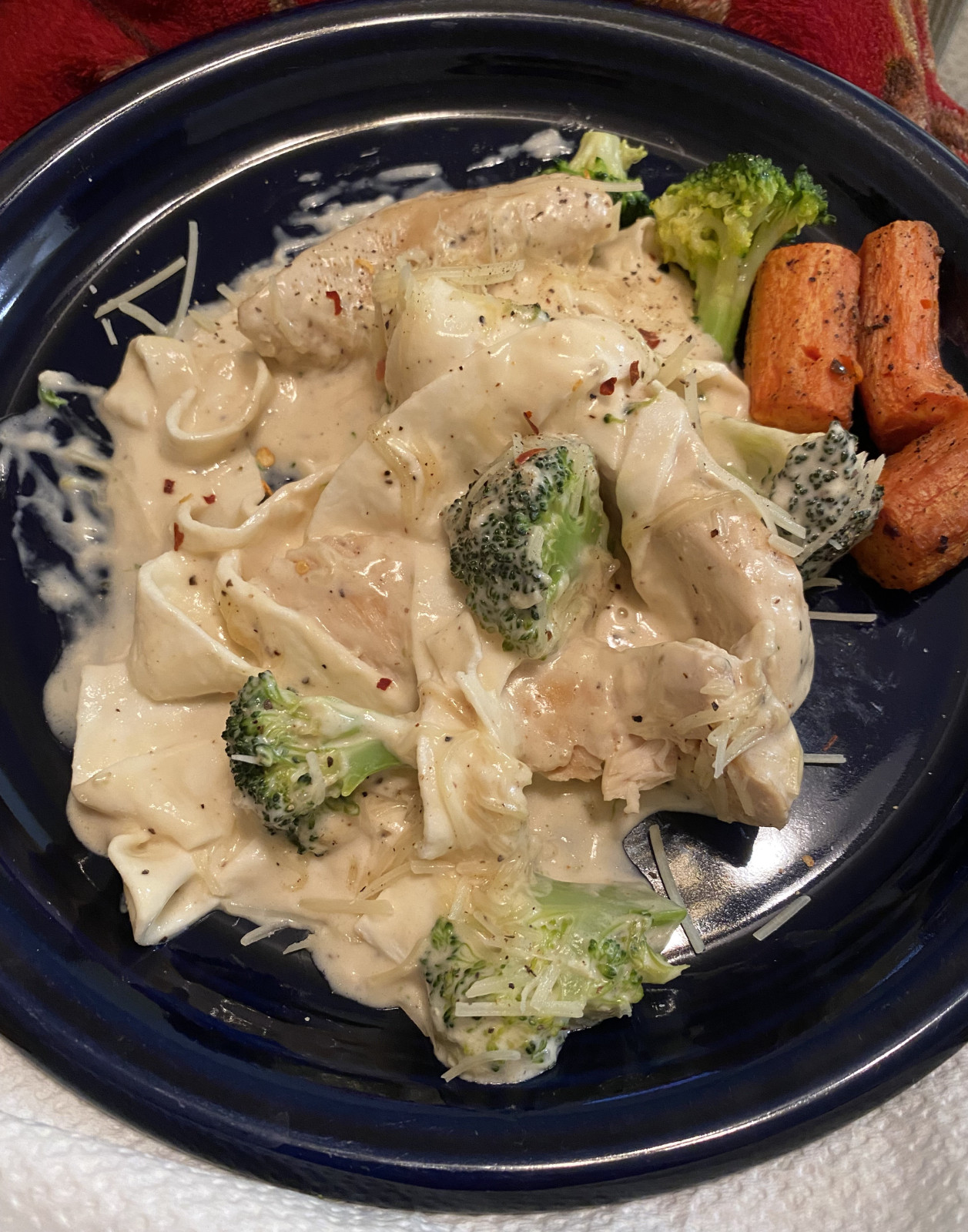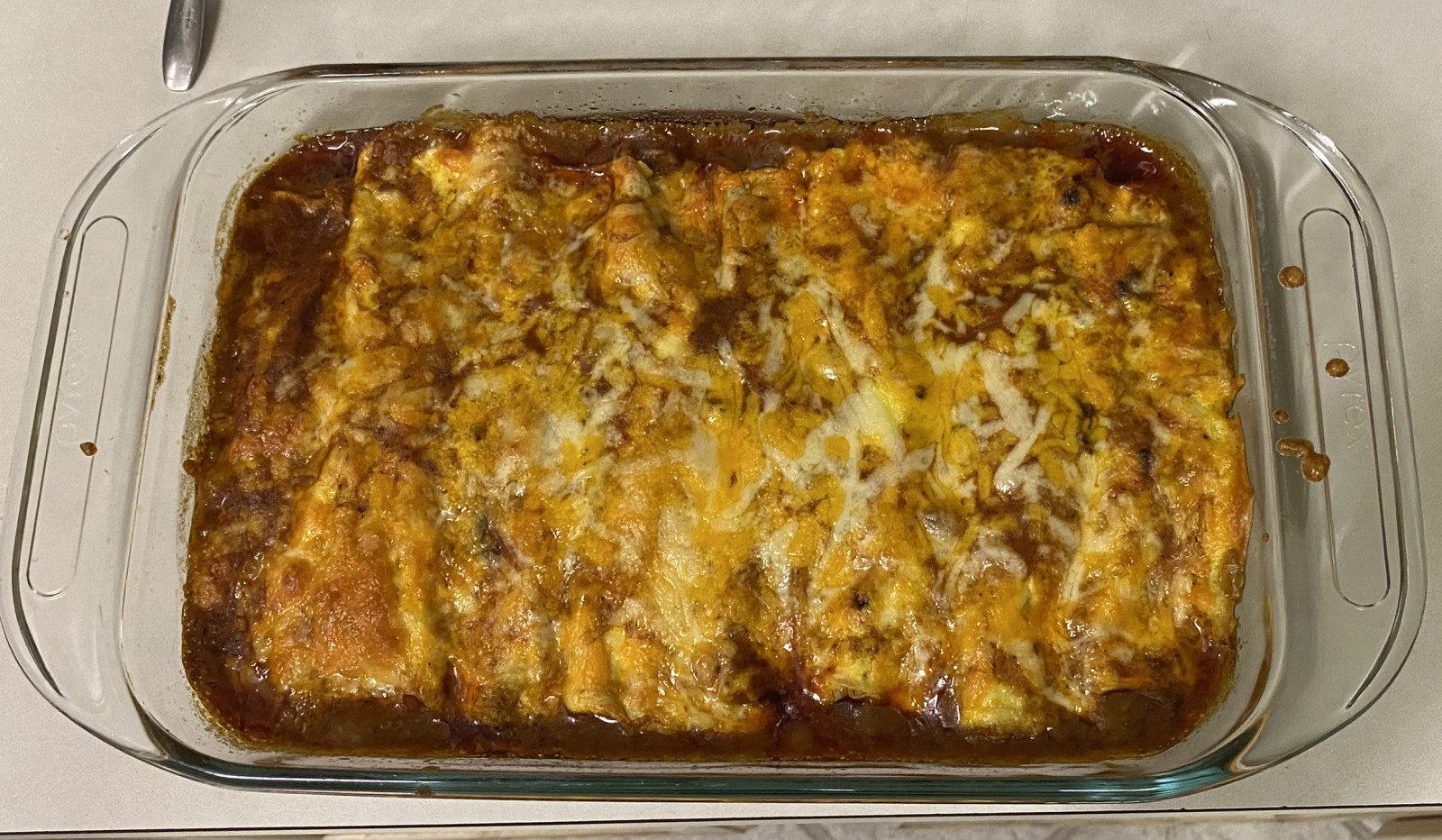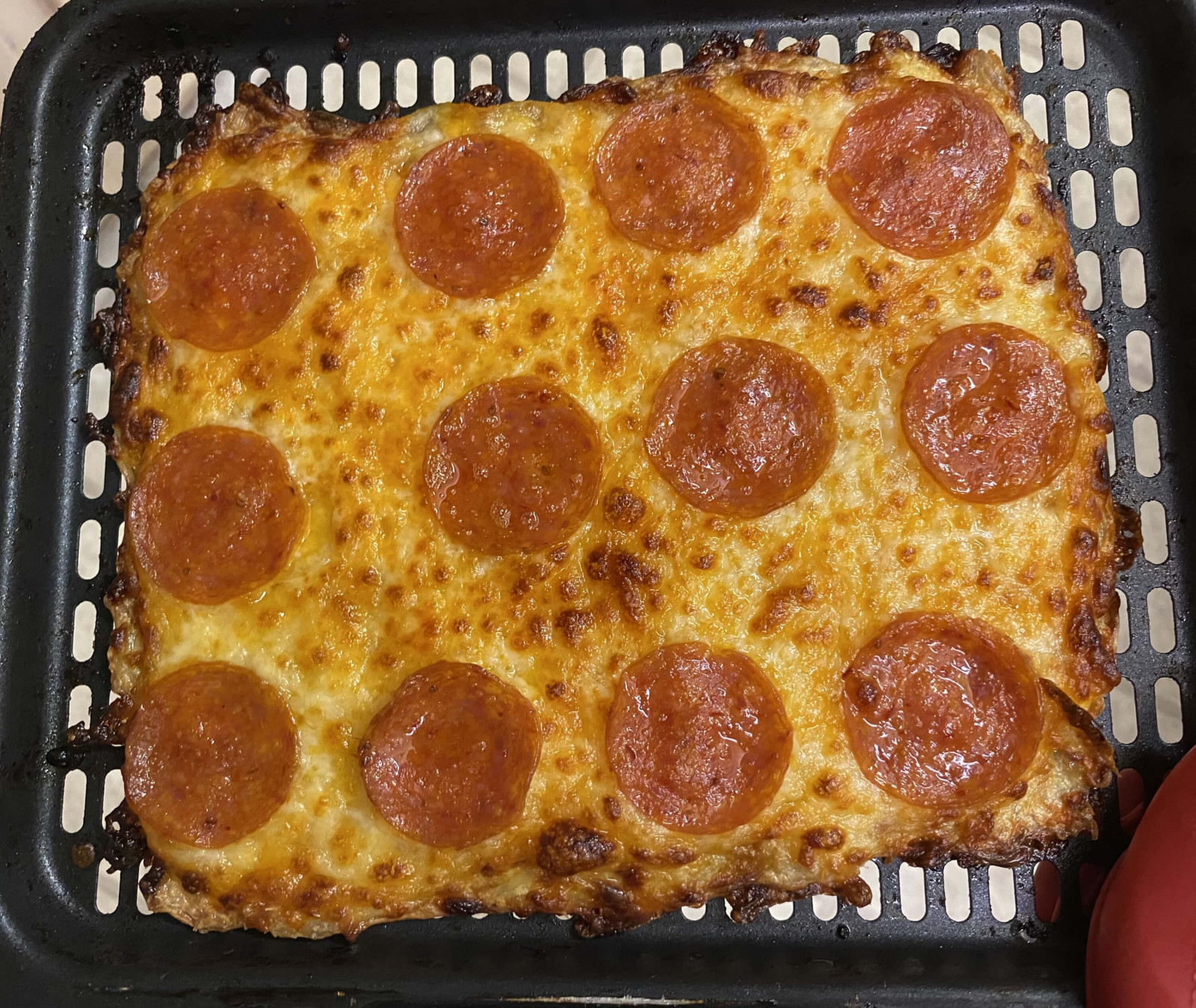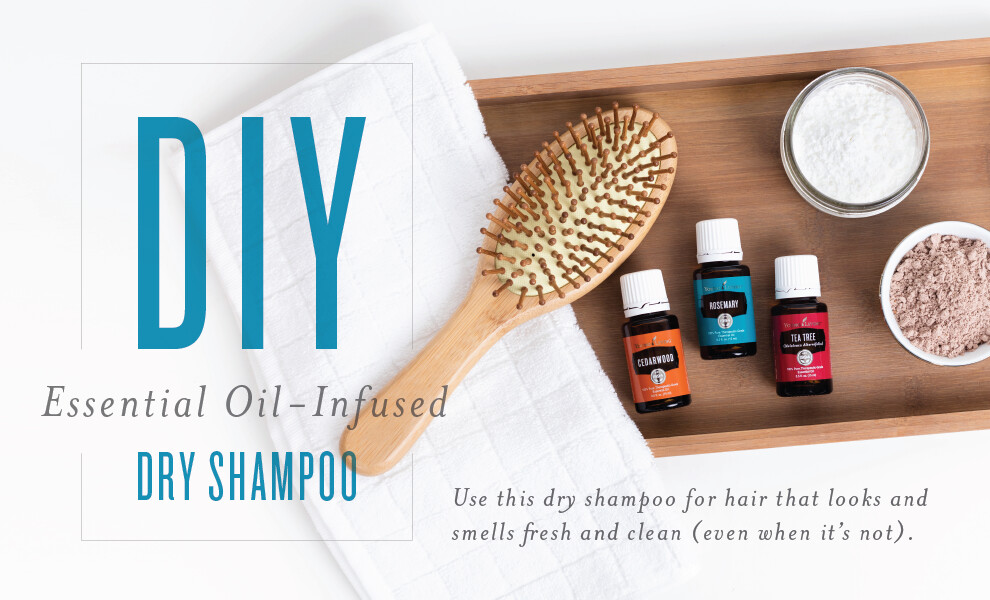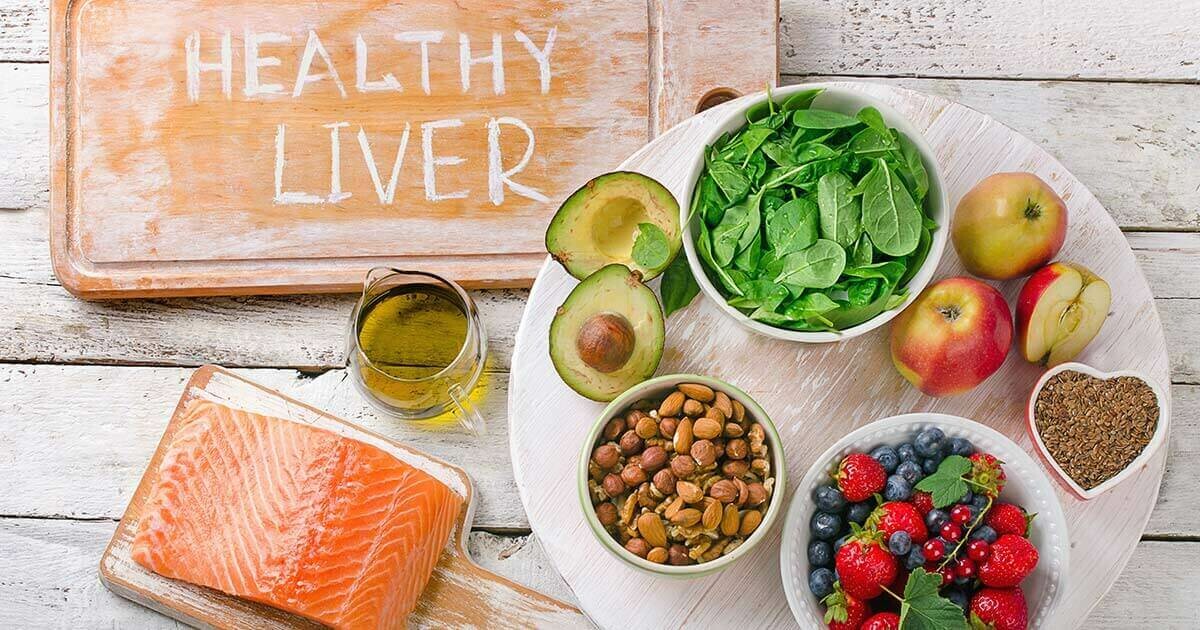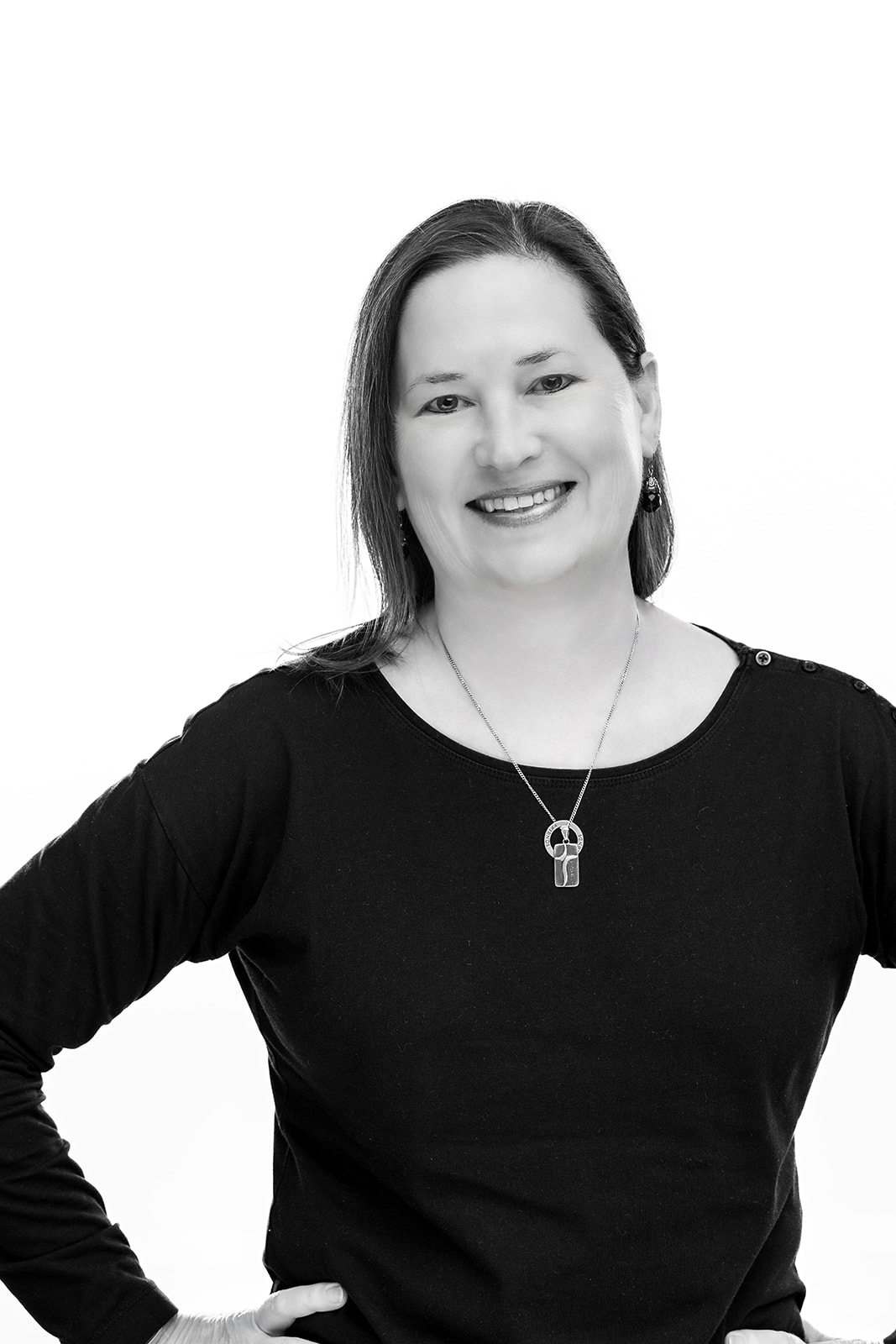The following information comes from a series taught by Dr. Doug Corrigan. Here is his bio and credentials:
Ph.D. in Biochemistry and Molecular Biology, a Master’s in Engineering Physics (concentration: Solid State Physics), and a Bachelor’s in Engineering Physics (concentration: electrical engineering.)
As a NASA Graduate Fellow, I worked with NASA on a series of material science microgravity missions that were conducted aboard the Space Shuttle, and I conducted research with Oak Ridge National Lab on new materials in their Solid State Physics Division. I switched to life sciences and went into Biochemistry and Molecular Biology. I started a biotech company that developed new tools for discovering drugs to combat drug resistant forms of HIV.
As a NASA Graduate Fellow, I worked with NASA on a series of material science microgravity missions that were conducted aboard the Space Shuttle, and I conducted research with Oak Ridge National Lab on new materials in their Solid State Physics Division. I switched to life sciences and went into Biochemistry and Molecular Biology. I started a biotech company that developed new tools for discovering drugs to combat drug resistant forms of HIV.
**My notes have been fact checked by a Medical Laboratory Scientist to ensure everything is accurate.
With the rollout of the new experimental biotechnology shot being given, there is a LOT of information going around on what it is, what it does and how it works. I think the biggest and most important question is - is it safe and do you even need it?
Dr Doug Corrigan teaches a lot of subjects, and I was excited to see his 4 part series on the current virus. He has a great knack for taking complicated subjects and presenting them so laymen can understand. I’m going to do my best to give an overview of what I’ve learned about “the shot” from him.
You have not one, but actually two immune systems (Did you know that?). Your Innate immune system is your rapid response. You are born with it and it works whether you’ve ever been exposed to pathogens or not. It is not specific and generally can take care of most bacteria and viruses including the current one - this is your white blood cells and a few other types of cells. Your Adaptive immune system is slow response. This is the system that takes time to learn how to fight off the pathogen. It has memory and develops a strategy so the next time that pathogen shows up - it knows how to take care of it. This is where you get your memory cells - the first time your body takes awhile as it learns, but the next time it is able to ramp up much faster because that memory kicks in. This is where special kinds of white cells known as T and B cells, the cells that make your antibodies, come into the picture.
Your T-helper cells teach your B cells how to produce specific antibodies that recognize that one piece of the virus. Different antibodies are produced, each with a different piece of information. The more information on the virus that your body gets, the more varied types of antibodies it will produce.
One of the important differences between getting a natural infection and getting “the shot” is the type of immunity it produces.
When you get a natural infection, your body learns from the whole virus. It learns the viral lifecycle and everything about it. It’s exposed to every part, every feature of the virus and it takes that information to create a robust response. And specifically in respiratory viruses, it enters into the nasal passage where it rapidly multiplies, which signals the body to produce IgA antibodies.
When you are injected with “the shot”, you are bypassing this respiratory system and will for the most part only produce IgG antibodies which tend to work in your bloodstream. That’s why you can still become infected with the actual virus - it can still enter and replicate in the mucosa of your respiratory track. So you can still get the virus and you can still pass it on to others.
You also are only giving the body 1 tiny piece of the viral information, in the case of the 2 shots out currently, your body only learns what the spike protein is and so the only defense system that is builds is for that one little piece.
Dr Doug Corrigan teaches a lot of subjects, and I was excited to see his 4 part series on the current virus. He has a great knack for taking complicated subjects and presenting them so laymen can understand. I’m going to do my best to give an overview of what I’ve learned about “the shot” from him.
You have not one, but actually two immune systems (Did you know that?). Your Innate immune system is your rapid response. You are born with it and it works whether you’ve ever been exposed to pathogens or not. It is not specific and generally can take care of most bacteria and viruses including the current one - this is your white blood cells and a few other types of cells. Your Adaptive immune system is slow response. This is the system that takes time to learn how to fight off the pathogen. It has memory and develops a strategy so the next time that pathogen shows up - it knows how to take care of it. This is where you get your memory cells - the first time your body takes awhile as it learns, but the next time it is able to ramp up much faster because that memory kicks in. This is where special kinds of white cells known as T and B cells, the cells that make your antibodies, come into the picture.
Your T-helper cells teach your B cells how to produce specific antibodies that recognize that one piece of the virus. Different antibodies are produced, each with a different piece of information. The more information on the virus that your body gets, the more varied types of antibodies it will produce.
One of the important differences between getting a natural infection and getting “the shot” is the type of immunity it produces.
When you get a natural infection, your body learns from the whole virus. It learns the viral lifecycle and everything about it. It’s exposed to every part, every feature of the virus and it takes that information to create a robust response. And specifically in respiratory viruses, it enters into the nasal passage where it rapidly multiplies, which signals the body to produce IgA antibodies.
When you are injected with “the shot”, you are bypassing this respiratory system and will for the most part only produce IgG antibodies which tend to work in your bloodstream. That’s why you can still become infected with the actual virus - it can still enter and replicate in the mucosa of your respiratory track. So you can still get the virus and you can still pass it on to others.
You also are only giving the body 1 tiny piece of the viral information, in the case of the 2 shots out currently, your body only learns what the spike protein is and so the only defense system that is builds is for that one little piece.
When you get that natural Adaptive immune response, your body has the whole picture and can use that for future responses. In fact, because there are other classes of coronaviruses that you’ve been exposed to your whole life, your body likely already has memory B cell responses to the current virus. It’s been reported up to 80% of people have some natural immunity already, called cross-reactive immunity. And what I found really interesting is that when they look at people who were naturally infected with the first SARS virus, they are seeing that they are retaining B cells for as long as 17 years!
Ok so now that we know about the immune response, let’s look at the 2 current shots that are being given. They use mRNA technology. I’m not going to debate it here, but many doctors and scientists that I’ve watched say that this is not a vaccine because of the way it works - it’s biotechnology. Go search that out yourself.
So how exactly does this “shot” work? They take mRNA and encapsulate it in a lipid coating so it can enter the cells. In this case it’s encased in PEG which in of itself seems to be causing some of the severe reactions being reported. Once the mRNA gets into the cells, it uses it’s programming to trick the cell into forming the spike protein to make it look like a corona virus. This protein would normally be seen as foreign just floating in your bloodstream. However, it is possible that it could adhere to the surface of cells, making the body see the cell as foreign. Your body then sees that newly mutated cell as an antigen - something that is not supposed to be there - which it then mounts an immune response against.
Which leads us into other contraindications and precautions and tidbits of information.
These experimental shots do not have FDA approval. I’ve seen people outright argue about this - but they don’t. They do have Emergency Use Authorization. They have not been through final approval and therefore are still experimental and going through human trials.
In this class he notes that he was reading from the published data which was only 2 months worth of safety data. If you don’t know, “normal” vaccines take several years of studies in order to form a safety profile. Therefore, there is no long-term safety known about these shots. They just don't know future health problems that may arise.
A main contraindication listed is for PEG and polysorbate. As mentioned above, the mRNA is encapsulated in PEG so it can enter the cells and remain stable. PEG stands for Polyethylene Glycol and is widely used in items like medications, cosmetics and personal care items. With it’s wide use it’s estimated up to 70% of people may have a sensitivity to PEG and therefore have an adverse reaction to the shots that contain it, and 7% have levels high enough to predispose them to anaphylaxis. The reactions listed have ranged from mild to anaphylactic.
Another large concern is the risk of ADE, or antibody-dependent enhancement. ADE occurs when the presence of specific antibodies actually increases the virus’ ability to enter and infect your cells, resulting in a more severe disease than had you not taken the shot. ADE reactions can be fatal, and has been the reason that other coronavirus vaccines failed in animal trials. After encountering the “wild” virus, they became severely ill and died. Honestly, this is one of my main concerns and I'm seeing more and more information on this, including an article that was just published on people who have the natural virus then get the shot, then suffer a cardiovascular death.
According to the CDC, there is no data to establish safety in the following groups: immunocompromised, autoimmune or pregnant. Again, they just don't know because there hasn't been enough time for full safety data to be collected. Precaution should be used in anyone who has ever had an adverse reaction to any injectable therapy.
As mentioned, there are just my notes and the best sort of summary from what I learned from 2 of the 4 classes on this subject. If you are really interested I highly recommend you purchase access to the classes from Dr. Doug. Go to www.starfishscents.com to buy it or any of the other classes he offers.
The above is all facts to the best of my ability to present them. You should continue to research on your own - and I don’t mean ask your doctor. He/she most likely has the info from the pharmaceutical company and I find it best to use a variety of sources to get a rounded view of things.
In my opinion, I honestly am shocked that so many medical professionals are eager to push these experimental biotechnology shots onto the general population and shocked that so many people are so eager to be injected. The published safety studies cover a few months of data. That is merely a blip and in no way is long enough to see real effects down the road. People mistakenly say this is new - it’s not. They have tried to create shots for other coronaviruses for years and they have had some tragic consequences. Go research that, it's the ADE affect discussed above.
My overall view is pretty simple. First of all - we don’t need this because we have treatments. That’s a whole other blog article, but if you follow me on FB you’ve seen the research articles and papers I’ve shared that show again and again and again that a few different “repurposed” drugs are safe and highly effective in stopping transmission as well as promoting recovery. Why use an experimental biotechnology with no long-term safety record when you can use something known safe that absolutely works?
And from what I’ve learned about immunity, there’s no way, in my opinion, that a shot is going to produce a more robust or complete immune response. I do believe in God’s design for the human body, and if you just look at the simple view of: natural infection creates a whole viral response vs. the shot teaching a response to the spike protein only; natural immunity wins out easily.
This shot only has efficacy against the infection, not the virus. Watch closely what words are used when you are reading. SARS-COV2 is the virus you can catch and spread. Covid 19 is the infection, or the collection of symptoms you get from being infected. This shot, as we discussed, DOES NOT PREVENT SPREAD. It doesn’t “stop” anything, although it may help lessen symptoms in some cases. However, oddly enough, you will be told to expect to have some of the very same symptoms that the natural virus would give you…so…and because it does not stop transmission you still have to, according to what we are told to do, wear a mask and social distance so you don’t gain any amount of normalcy back. I saw a funny meme that read, “If there was a contraceptive vaccine, but after getting it you could still get pregnant, and you still had to wear a condom, would you get it?” Food for thought.
So, that’s pretty much it. My choice is not to take it. It’s not needed, and it doesn’t work as well as what we already have as far as drugs are concerned. And just the risk of ADE alone would be enough if I didn’t have any other information about it. And they honestly can NOT tell you that it’s safe long term. Sadly, I’ve read the VAERS reports over the last few days and there are quite a few reports of people dead within 48 hours of receiving it. So it’s not even safe short-term for some people. And because of The Act of 1986 as well as special indemnity given to these pharmaceutical companies, if you do have an adverse reaction or die - you can’t sue them directly. They are totally free from consequences. How much would you trust your car manufacturer to produce a safe product if they couldn’t be sued for producing a bad product?
I wrote this article because people asked me to. I hope it’s helpful for those who read it, and I’ve clearly stated what are facts and what my opinions are. Go do your own research. If you want sources I’m happy to provide videos and articles from some of the doctors and scientists that I read and watch. Above all - make sure you have full informed consent before you take something that can cause irreversible health effects.
Be well and be blessed!
Sarah
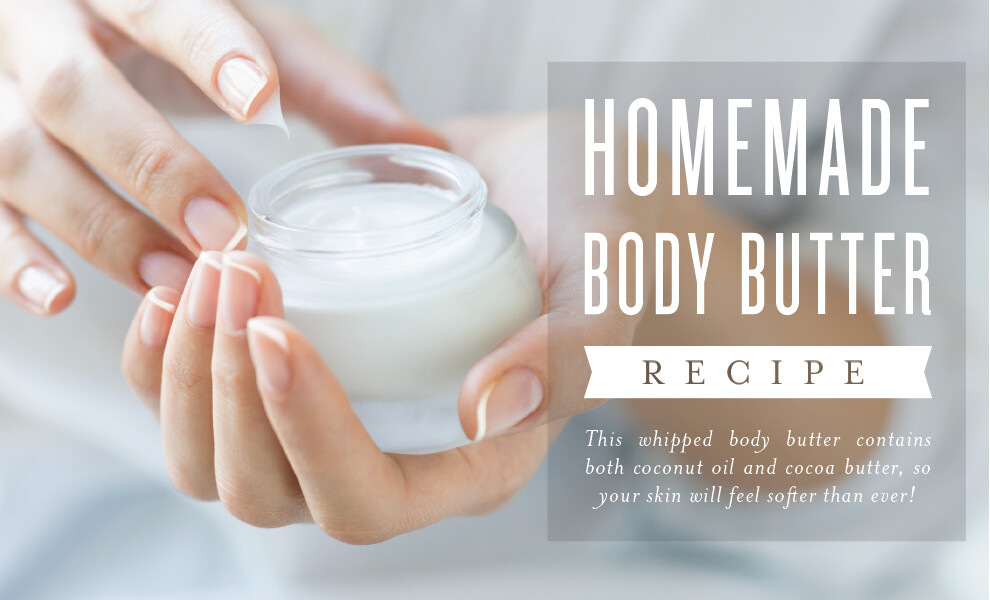
Ingredients
1 cup organic coconut oil
1 cup organic solid cocoa butter (do not use lotion)
15 drops of your favorite topical/aromatic essential oil (we love Cedarwood, Lavender, and Frankincense essential oils)
Directions
- Warm a medium-sized saucepan over medium heat, then add coconut oil and cocoa butter. Melt until completely liquefied, about 4–5 minutes.
- Pour into a glass mixing bowl and place in refrigerator for 30–45 minutes to cool and just set but not harden.
- Stir in essential oils.
- Using an electric hand mixer, whip until firm peaks form, about 10 minutes.
- Gently transfer to a seal-able jar or container. Store at room temperature to avoid melting or solidifying.
- Massage into dry skin!
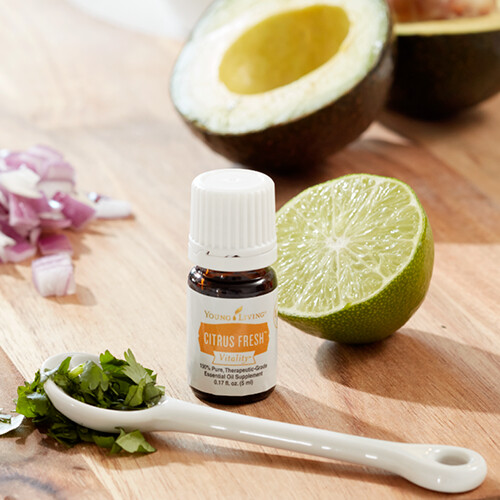
Everyone loves a good guacamole, right? And with all of the health benefits of avocados, you can feel good about eating it.
Avocados have a variety of nutrients, including 20 different vitamins and minerals including Vitamin K, Folate, Vitamin C, Potassium, Vitamin B5, Vitamin B6 and Vitamin E. They also contains small amounts of magnesium, manganese, copper, iron, zinc, phosphorous and vitamins A, B1 (thiamine), B2 (riboflavin) and B3 (niacin).
Avocados contain healthy fats and are also low in carbohydrates, but contain no cholesterol or sodium so they can fit a variety of diet plans.
So grab those avocados and get munching! Enjoy!
Ingredients
- 2 avocados
- 2 drops Citrus Fresh™ Vitality
- 1 drop Lime Vitality
- 1 tablespoon fresh lime juice
- 1 clove garlic, minced
- 2 tablespoons chopped red onion
- 1–2 Roma tomatoes, seeded and diced
- 1 tablespoon chopped cilantro
- Pinch salt
- Pinch black pepper
Instructions
- Remove the pit from the avocados and scoop the flesh into a bowl, mashing roughly with a fork.
- Add all other ingredients and stir until mixed.
- Garnish with cilantro.
- Enjoy with tortilla chips or with your favorite Mexican-inspired dishes!
So, you may have heard a new name popping up in the world of food: Einkorn. I first heard about it a few years ago when I read the book "Wheat Belly" in my effort to learn about gluten and it's effects on the body.

What's all the fuss you ask? Isn't wheat just wheat? Well, the answer is "no". The wheat you are used to eating, whether it's refined or whole or organic, is the result of years of hybridization. Scientists have worked hard to make the wheat have higher yields, be more resistant to disease and pests. Instead of the 4 1/2 foot tall stalks of Einkorn, we now have wheat that grows 18-24 inches. While this all sounds great, your body is not equipped to digest this "new" wheat. Just one difference: this new wheat has 42 chromosomes, compared to Einkorn's 14. Is that really a big deal? Dr. William Davis states "The genetic distance modern wheat has drifted exceeds the difference between chimpanzees and humans." Whoa. Genetically that's a huge difference!
And what about nutritional differences? I'm glad you asked!
- Einkorn contains 3 to 4 times more beta-carotene
- Einkorn contains 2 times more Vitamin A (retinol equivalent)
- Einkorn contains 3 to 4 times more lutein
- Einkorn contains 4-5 times more riboflavin
So, the really awesome thing is that Gary Young has been growing einkorn and Young Living is now offering several products featuring this wheat. Here is how they describe it:
"Einkorn is the original “staff-of-life” grain, known as the oldest variety of wheat, which dates back to the beginning of time. Einkorn’s natural genetic code and low gluten levels make it a superior choice because of the compatibility with the human body when compared to the modern hybrid wheat of today. Einkorn grain is easier to digest, so nutrients are better absorbed. Today Young Living is helping to bring einkorn back to its rightful prominence in the world."
Young Living has the following Einkorn wheat products:
- Einkorn Rotini Pasta
- Gary's True Grit Einkorn Granola
- Gary's True Grit Einkorn Flour
- Gary's True Grit Einkorn Pancake & Waffle Mix
- Gary's True Grit Einkorn Spaghetti, 8 oz
Now, the final question you might have is whether einkorn wheat is gluten free or not. It does have gluten! But not a lot. And since the proteins in it are different, you may be able to tolerate it. I can't make that decision for you. What I can tell you is that I have a gluten sensitivity, and for me, it's ok to have YL's einkorn products with no problems. If you are celiac I would not recommend you go out and consume a lot of einkorn, LOL. But for some of us, it's a nice option to be able to have these products and enjoy some of the foods we've been missing.
I have a lot more to say on modern wheat and it's effects on the body, but I'll save that for a different post. For now, go do some research for yourself. If you want to see my original FB post on "Wheat Belly" you can find it here.
If you are already a Young Living member and you want to grab your own einkorn products, click HERE to sign in to Virtual Office. And if you want more information on becoming a Young Living member, please visit my website to see what options are available to you.
Be blessed!
Sarah
Sarah
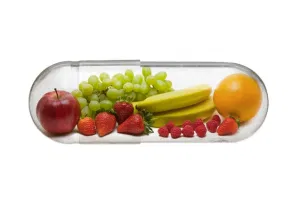
How do you know if you're spending your money wisely?
I encourage you to do your own digging around. But here are some tips from my research that I want to share. Because some supplements are pure junk and are a waste of money and we all want to get what we are paying for, right?
Vitamins are food
According to The New Orthomolecular Nutrition, vitamins are foods, not drugs, and we need to treat them as such. The book goes on to say that the stated minimal daily requirement (MDR) is silly. The MDR ignores the fact that people are dissimilar in every way, and that each body has a different requirement for nutrition. So that means that you need to be your own advocate and "scientist" and see how you feel at different dosages. Be aware that if a vitamin is water-soluable, your body will take what it needs and the rest will simply pass through the body. You need to make sure you are taking these on a regular basis. If it is a fat-soluable vitamin, your body will store what it doesn't use in the liver and fat tissues. You need smaller amounts of these, but be aware that your personal nutritional needs may exceed the MDR.
Another problem with vitamin supplementation (according to Naturopathy for the 21st Century) is that vitamins and minerals, in foods, are intended to work together for maximum effect. That means the use of synthetic isolates does not provide the optimal environment for absorption. From here it gets a lot more complicated when you look at the crystalline structure of synthetic vitamins vs. the natural food-sourced vitamins, and it becomes clear that bioavailability matters.
Which leads me to my first point:
Do your best to take natural food-sourced vitamins and avoid the synthetic USP vitamins. B-Vitamins and Vitamin C are also usually synthetically produced. Here's a chart of some of the most common synthetic names to look for:
- Vitamin A: Palmitate or Acetate
- Vitamin B1: Thiamine Mononitrate, Thiamine Hydrochloride
- Vitamin B5: Pantothenic acid
- Vitamin B6: Pyridoxine Hydrochloride
- Vitamin B9: Folic Acid
- Vitamin B12: Cyanocobalamin
- PABA: Aminobenzoic Acid
- Choline: Choline Chloride, Choline Bitartrate
- Vitamin C (Ascorbic Acid): Ascorbic Acid
- Vitamin D: Irradiated Ergosteral, Calciferol
- Vitamin E: dl-alpha tocopherol, dl-alpha tocopherol acetate or succinate
- Vitamin K: K3 or menadione
If vitamins are from food, the label will almost always state that. But here are some common food-sources to look for:
- Vitamin B5: Pantothenate
- Vitamin B9: Folate
- Vitamin B12: Cobalamin
- Vitamin D: look for forms with numbers
- Vitamin K: K1 or phylloquinone
Fillers and other harmful ingredients
Second - watch for dangerous and unnecessary fillers and ingredients. Some of the most common are:
- Artificial colors - research Feingold Diet for more on these
- Talc or Magnesium Silicate
- Magnesium stearate (or stearic acid)
- Monosodium Glutamate (MSG) disguised as “natural flavors”
- Carnauba wax - used in car wax and shoe polish
- Titanium dioxide - is a carcinogen
If it says "natural", it's good - isn't it?
Thirdly - don't be fooled by the label "natural" on a supplement, or processed food, or essential oils. Vitamins can be labeled as natural if they contain as little as 10% of the natural form of the vitamin. This means that your “natural” vitamin could contain 90% of synthetically produced chemicals! The new supplement labeling law makes it more difficult to tell if a vitamin is natural or synthetic. If the label says USP grade, then it is synthetic. Labels that state the vitamins are in a "food-base" are almost always synthetic. Synthetic vitamins mixed with food are still synthetic and are not the same as vitamins complexed in food. Use the above charts to be able to identify food-sourced vitamins.Cost and standardization were the primary reasons that USP vitamins were created - not for optimal health.
Ok, so that's all for now. Go - research and be your own scientist. Find better health, but don't stress over it. Stress makes you sick! Follow the 80/20 rule which says to do better 80% of the time and let go of the other 20%.
Health and blessings to you!!
Sarah Claburn, ND
